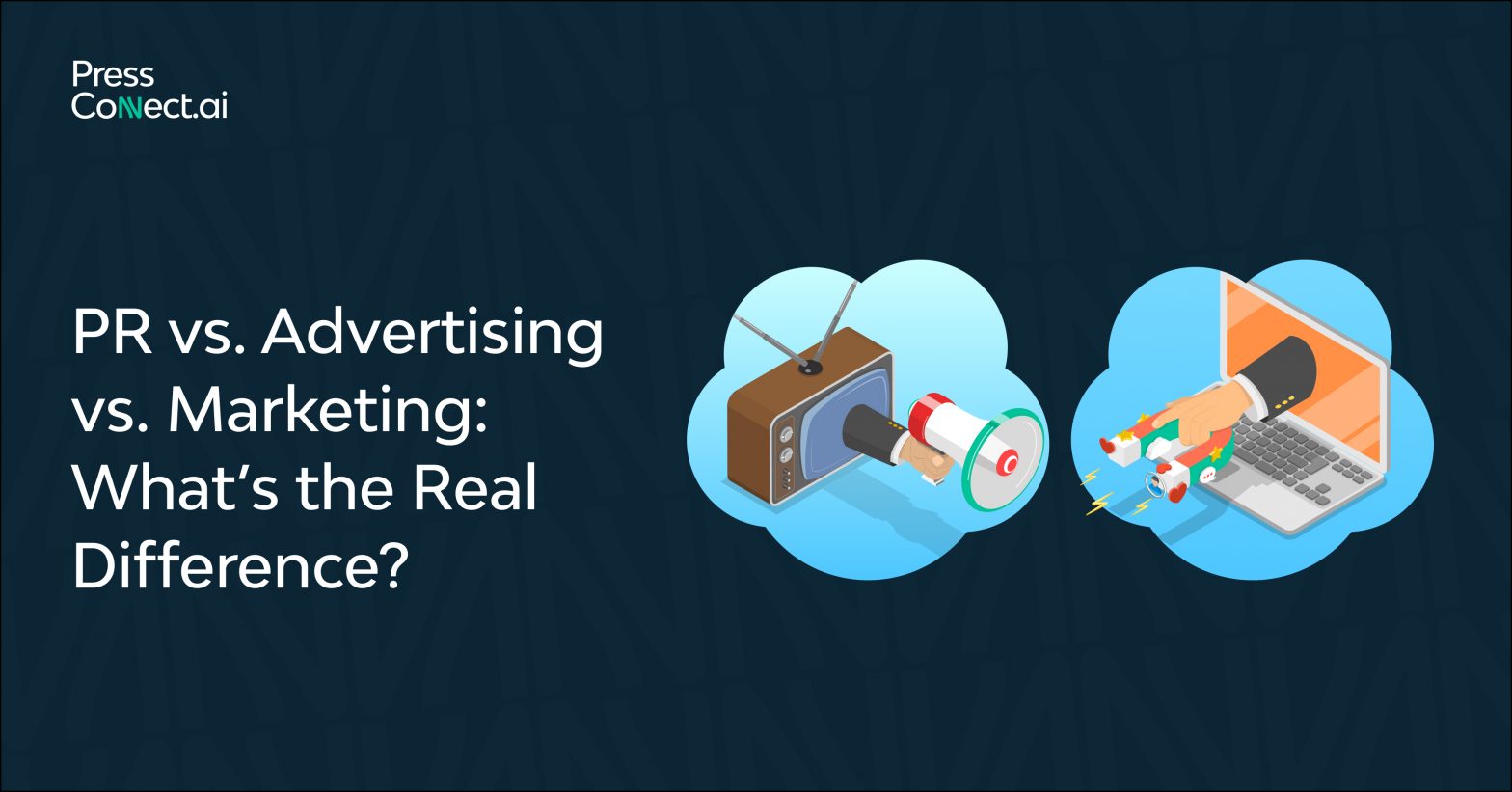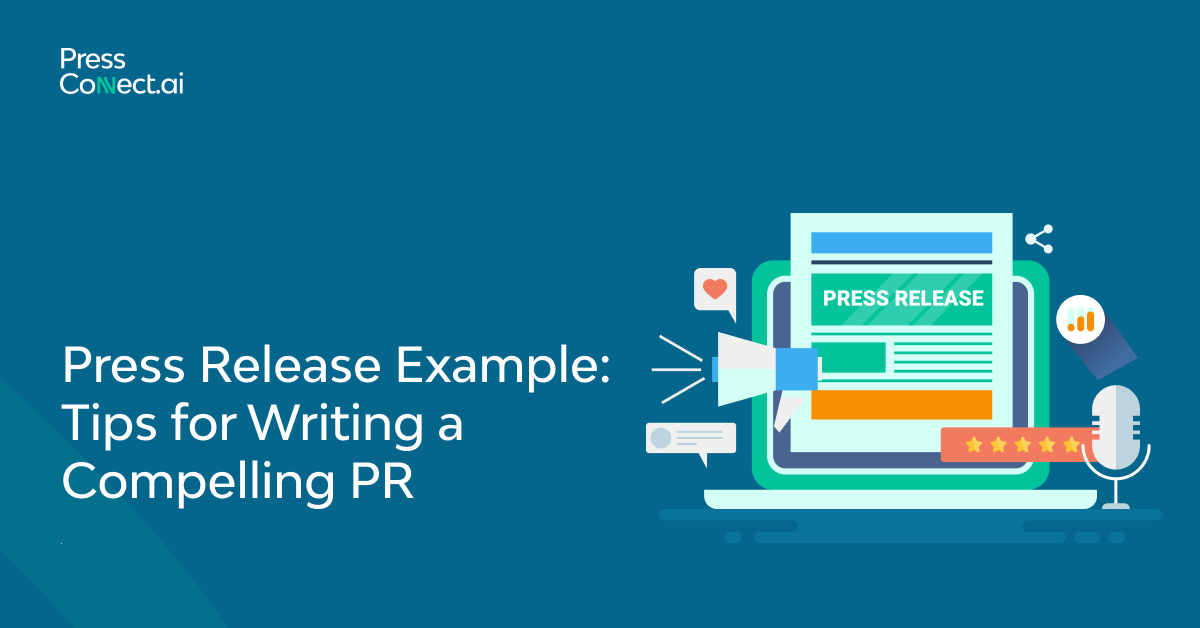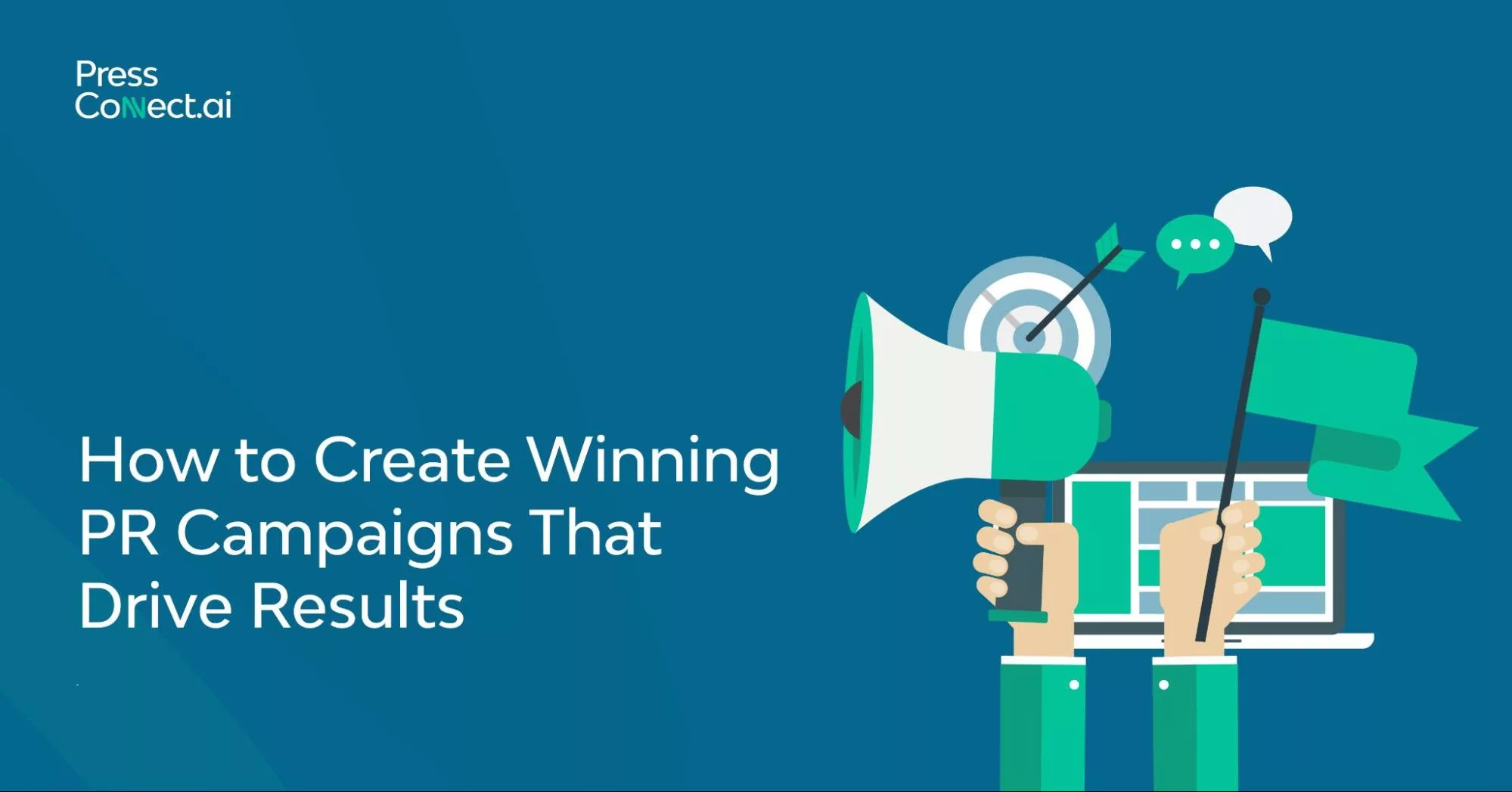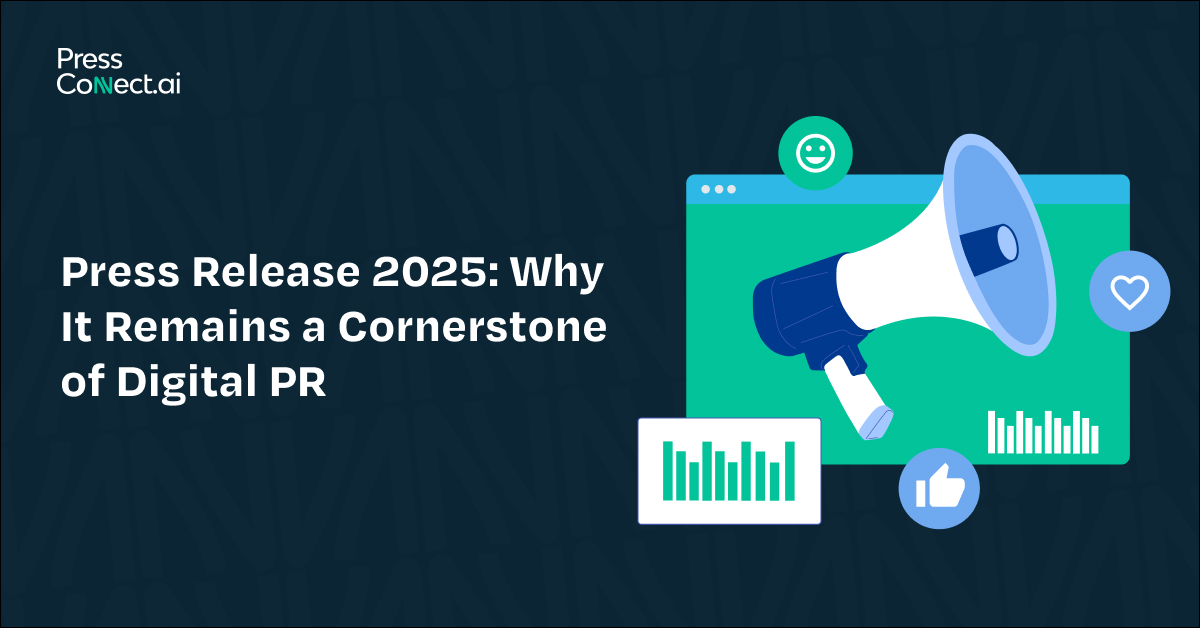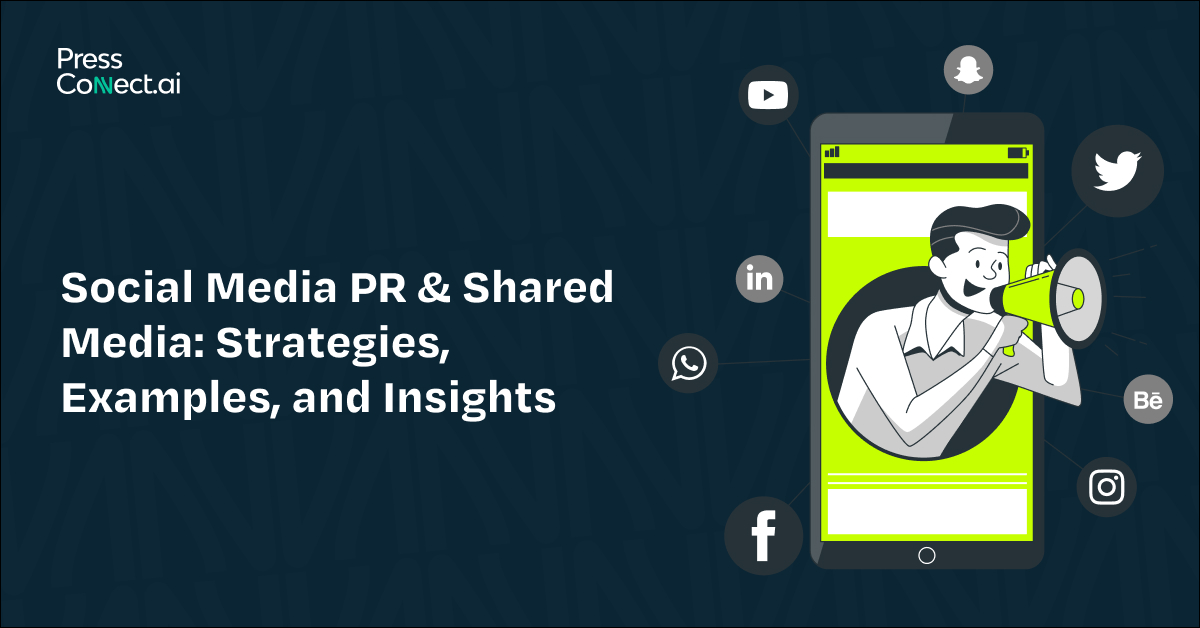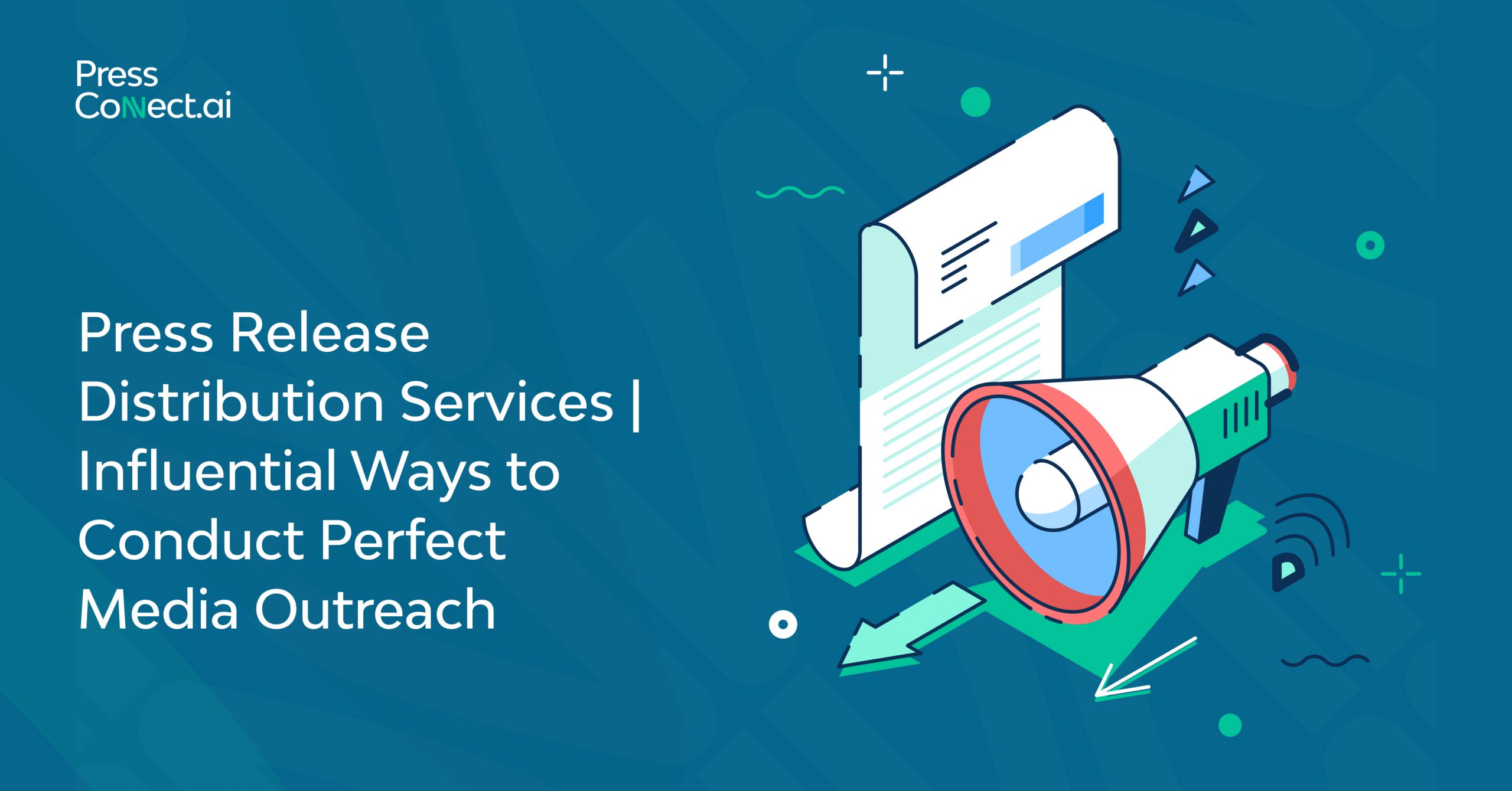PR vs. Advertising vs. Marketing: What’s the Real Difference?
Companies using advertising as their exclusive brand-building method eliminate the possibility of success. Flashy promotional messages with large budget advertising fail to create the level of credibility that PR provides. The strategic plan, known as marketing, unites all elements, although an imbalance can make even strong promotional campaigns unsuccessful.
The distinct roles of PR, advertising, and marketing produce different results for companies regarding reputation building and visibility enhancement as well as profitability generation. As PR generates earned media credibility, the primary function remains, while advertising delivers paid placements for awareness creation, marketing coordinates all efforts for sales growth, and customer engagement.
A business that wants to achieve sustainability and market leadership needs to grasp both the independent functions and the supportive mechanisms among PR and advertising, and marketing. The blog demonstrates the separated functions of PR, advertising, and marketing through clear explanations, which lead to the conclusion that combining these approaches achieves superior long-term business success.
Understanding Press Releases (PR) and Their Role in Brand Communication
The fundamental tool of public relations functions through press releases to connect businesses and the media. The right format of a press release functions as an essential strategic communication tool that generates media attention alongside building audience trust and affecting public understanding of a company. Press releases present organizations with an official vehicle for message dissemination that allows PR distribution of essential information to media representatives and industry leaders, as well as their consumers.
Key Press Release Strategies: From Media Relations to Thought Leadership
- Media Relations: The practice of media relations heavily depends on press releases to deliver relevant news content to journalists. The distribution of strong news releases leads to greater media attention, so businesses can tap into larger audiences without paying expensive advertising costs.
- Crisis Management: As part of PR crisis management, a prompt release of transparent content through press releases enables organizations to lead public perception while addressing public concerns and sustaining stakeholder confidence. Through press releases, companies present solutions to inform customers and stakeholders about their problem-solving approach while they debunk confused information.
- Product Launches & Corporate Announcements: Various corporate messages, product launches, and organizational announcements are delivered through press releases by enterprises. These updates reach their intended audience through trusted media platforms because key information obtains proper professional presentation.
- Thought Leadership & Industry Authority: Organizations can establish leadership through thought-provoking content, also known as press releases, when experts present research findings and innovative ideas. A business increases its sectoral authority through persistent dissemination of valuable information.
How Press Releases Build Brand Credibility and Trust
The press release differs from advertising because it drives earned media, as journalists independently choose topics based on merit. Their third-party validation status makes them an influential tool to strengthen credibility. News coverage of brands in reputable media platforms results in enhanced trustworthiness from customers, investors, and stakeholders toward brand messages.
Press releases have gained more distribution channels due to the advancements of the digital age, which extends their reach beyond traditional media outlets. By distributing press releases online, organizations can get their announcement showcased on both prominent news sites and search engine results, in addition to specific social media pages, which boosts their marketing reach.
Public relations success requires press releases in markets where trust and transparency matter because these tools let brands build their image and gain lasting trust from target audiences.
Breaking Down Advertising
Advertising is the art of persuasion through paid messaging. Unlike public relations, which relies on earned media coverage, advertising guarantees brand visibility by purchasing space on various media platforms. The primary objective of advertising is to promote products, services, or brand messaging in a way that influences consumer behavior and drives sales. Whether it’s a digital banner ad, a prime-time television commercial, or a social media-sponsored post, advertising ensures that a brand’s message reaches its target audience directly and consistently.
Paid Media vs. Earned Media: The Key Distinction
The main distinction between advertising and public relations stems from their separate media exposure methods. The paid media approach defines advertising because brands fund ad placements to decide their promotional messages, along with when to publish them and how many times viewers will experience them.
The earned media strategy of PR results in brands attaining credibility when people discuss them in their voices through PR coverage and genuine word-of-mouth endorsements. PR provides higher trust and demonstrates authenticity because buyers tend to distrust advertisements since such content is always promoted through paid channels.
Types of Advertising: Understanding the Channels
Each advertising method exists to appeal to audiences through unique forms. These specific advertising channels work best to reach target groups.
- Digital Ads: Online advertising includes PPC campaigns, display ads, and automated advertising solutions. Advertisers place their ads directly on search engine websites and social media with tools that let them find the right audience groups.
- TV Commercials: Although digital media has grown stronger, television commercials continue to perform as a trusted advertising method.
- Print Advertising: Companies often use both newspaper and magazine platforms for their advertising needs. A business’s choice of which publication to advertise in determines the audience their print ads reach, from neighbors to users in many countries.
- Outdoor Advertising: Outdoor placements such as billboards, as well as locations that employ bus stops. Active outdoor ads bring many people to view them, especially when these individuals are somewhere other than their home.
- Direct Mail: Businesses use Direct Mail advertising when they mail promotions to specific recipients. Companies use this marketing method for customizable services, and it works well in advertising their products in specific areas.
Digital Advertising Channels
- Social Media Advertising: People now seek products on platforms like Facebook, Instagram, Twitter, LinkedIn, and TikTok using personal preferences and past behavior. Facebook is the top selection for digital PR advertising because of its widespread use.
- Search Engine Advertising: Search Engine Advertising means placing paid ads within Google and Bing Ads search results for specific terms. Using this strategy, companies get in touch with users who show strong search intent about specific items and offers.
- Display Advertising: This takes the form of banner videos and graphics on both websites and social media platforms. The ads reach specific groups based on various criteria such as how people behave online and their known locations, plus their preferred interests.
- Email Marketing: Companies send targeted emails to new and existing customers using their email systems. Users can see personalized email content because it belongs to data segments formed by capturing user information.
Comparison of PR vs. Advertising vs. Marketing
For a brand to succeed, PR must work with advertising and marketing in its unique manner. Due to confusion, many companies combine these terms, though each element operates to change customer opinion and boost profits. This table shows the distinct features of PR activities and separates marketing and advertising practices.
| Feature | Public Relations (PR) | Advertising | Marketing |
| Definition | Focuses on managing a brand’s reputation and credibility through earned media. | Paid promotions are designed to persuade and increase brand awareness. | The strategy aligns PR, advertising, and other efforts to drive sales and engagement. |
| Media Type | Earned Media (press coverage, mentions, word-of-mouth) | Paid Media (TV ads, digital ads, sponsored content) | Owned & Paid Media (campaigns, promotions, content marketing) |
| Objective | Build credibility, manage reputation, and foster relationships. | Promote products/services directly to drive sales. | Drive overall business growth and customer engagement. |
| Control Over Message | Limited control as media outlets decide how to present the message. | Full control over messaging, placement, and frequency. | Controlled within company strategy but influenced by market dynamics. |
| Cost | Low cost (or no direct cost) but requires strong media relations. | High cost due to media buying and placements. | Varies depending on strategy (PR, advertising, and branding). |
| Trust Factor | High trust due to third-party validation (media coverage). | Lower trust as consumers recognize paid promotions. | Moderate trust as marketing strategies include customer experience and brand building. |
| Audience Engagement | Indirect—reaches audiences through media and influencers. | Direct—targets specific audiences through paid campaigns. | Both direct and indirect—engages consumers through various channels. |
| Measurability | Difficult to measure ROI directly, but it impacts brand perception. | Highly measurable (click-through rates, impressions, conversions). | Measured through sales, customer retention, and brand engagement. |
| Best For | Building reputation, crisis management, and long-term trust. | Creating immediate awareness and boosting short-term sales. | Driving overall brand success and long-term business growth. |
Amplify Your Brand’s Voice with Press Connect’s Powerful PR Solutions
In today’s fast-paced digital world, hearing your message is more challenging than ever. Press Connect simplifies press release distribution by ensuring your news reaches the right audience efficiently and effectively. With an extensive network of top-tier media outlets, journalists, and industry influencers, Press Connect helps businesses secure valuable media coverage, enhance brand credibility, and maximize visibility.
Whether launching a groundbreaking product, announcing a significant partnership, or managing a sensitive crisis, Press Connect strategically positions your message to make a lasting impact. Leveraging data-driven targeting and media expertise ensures your press release reaches the proper channels, generating the attention and recognition your brand deserves. With Press Connect, businesses can stay ahead of the competition, build lasting media relationships, and solidify their presence in the market.
